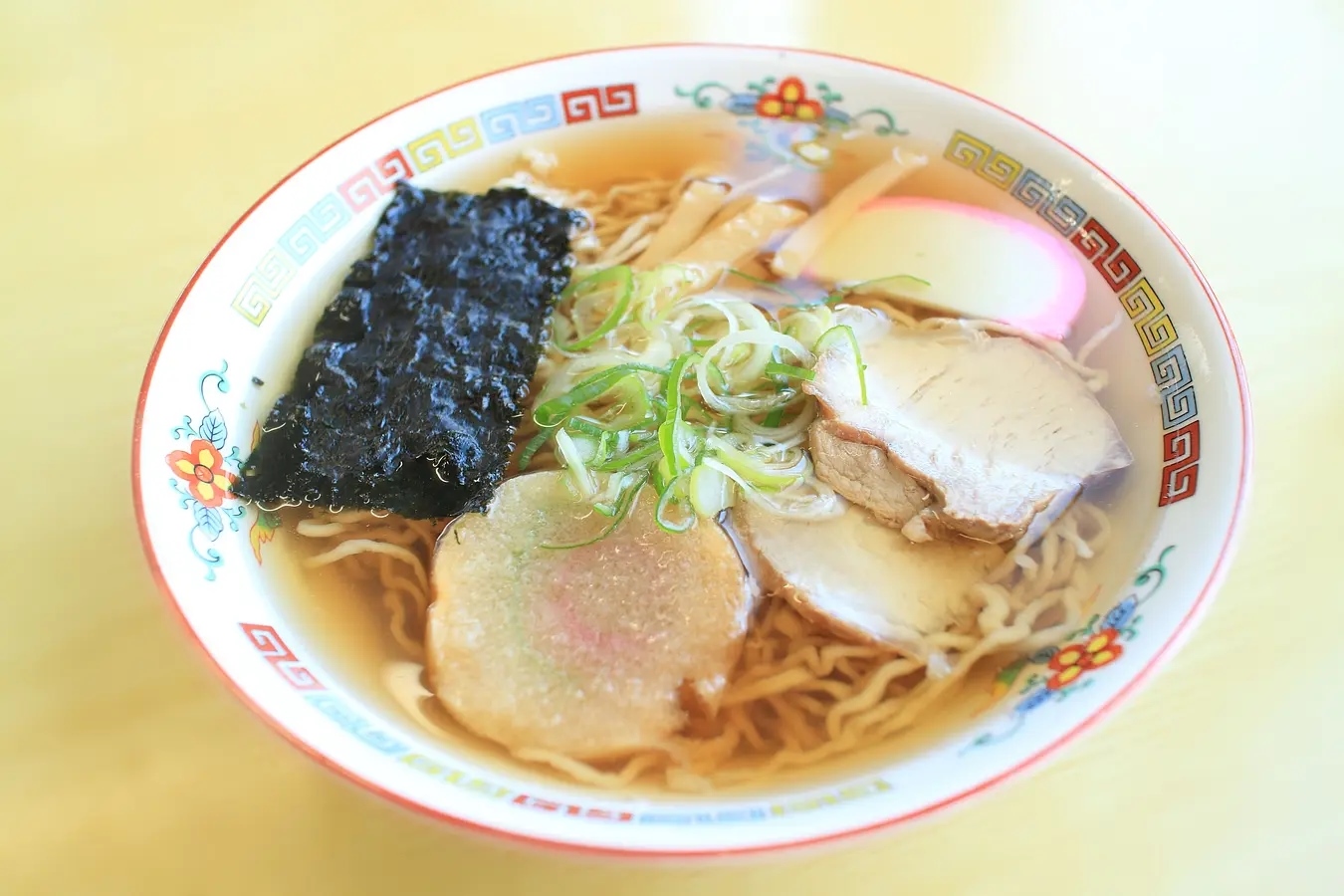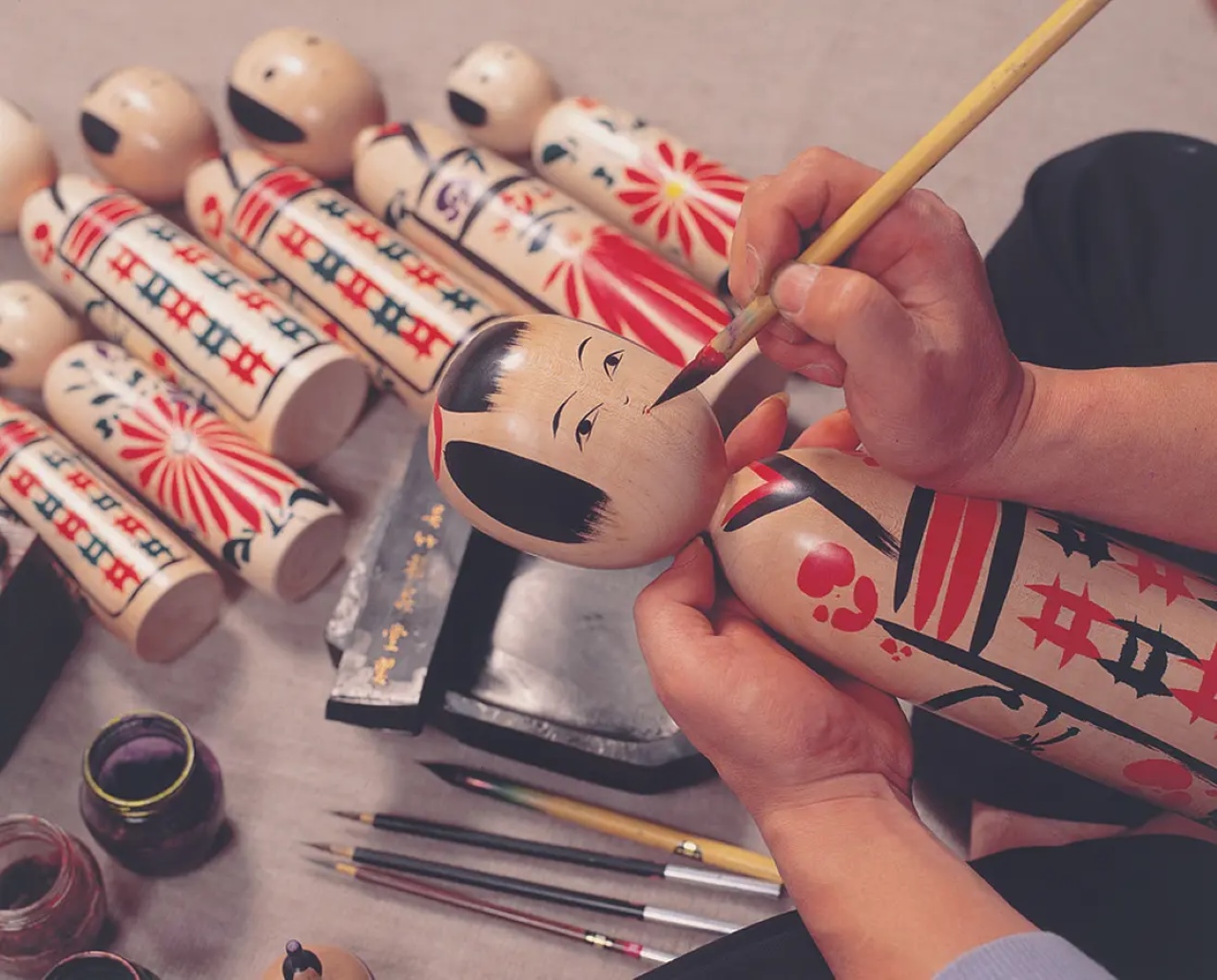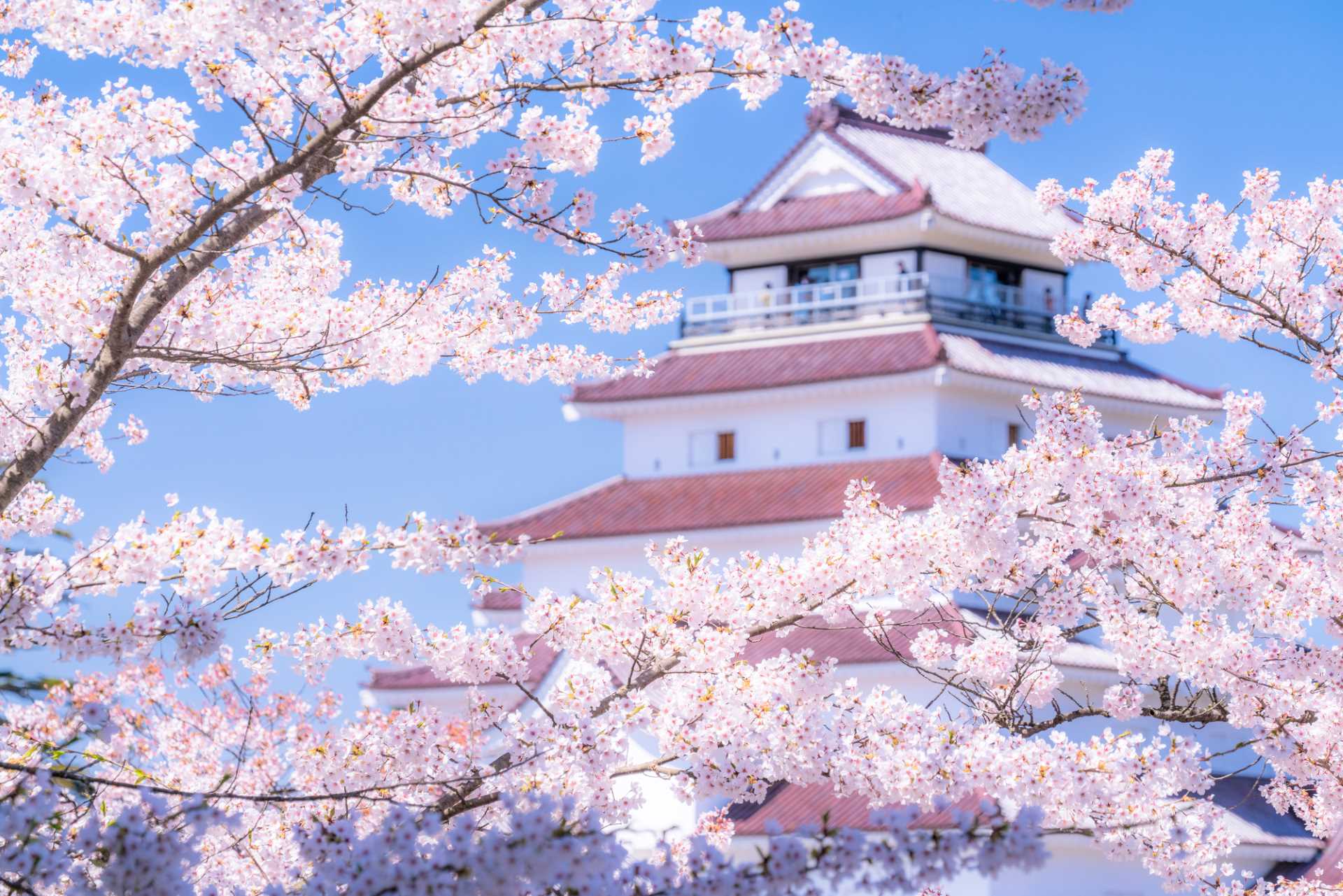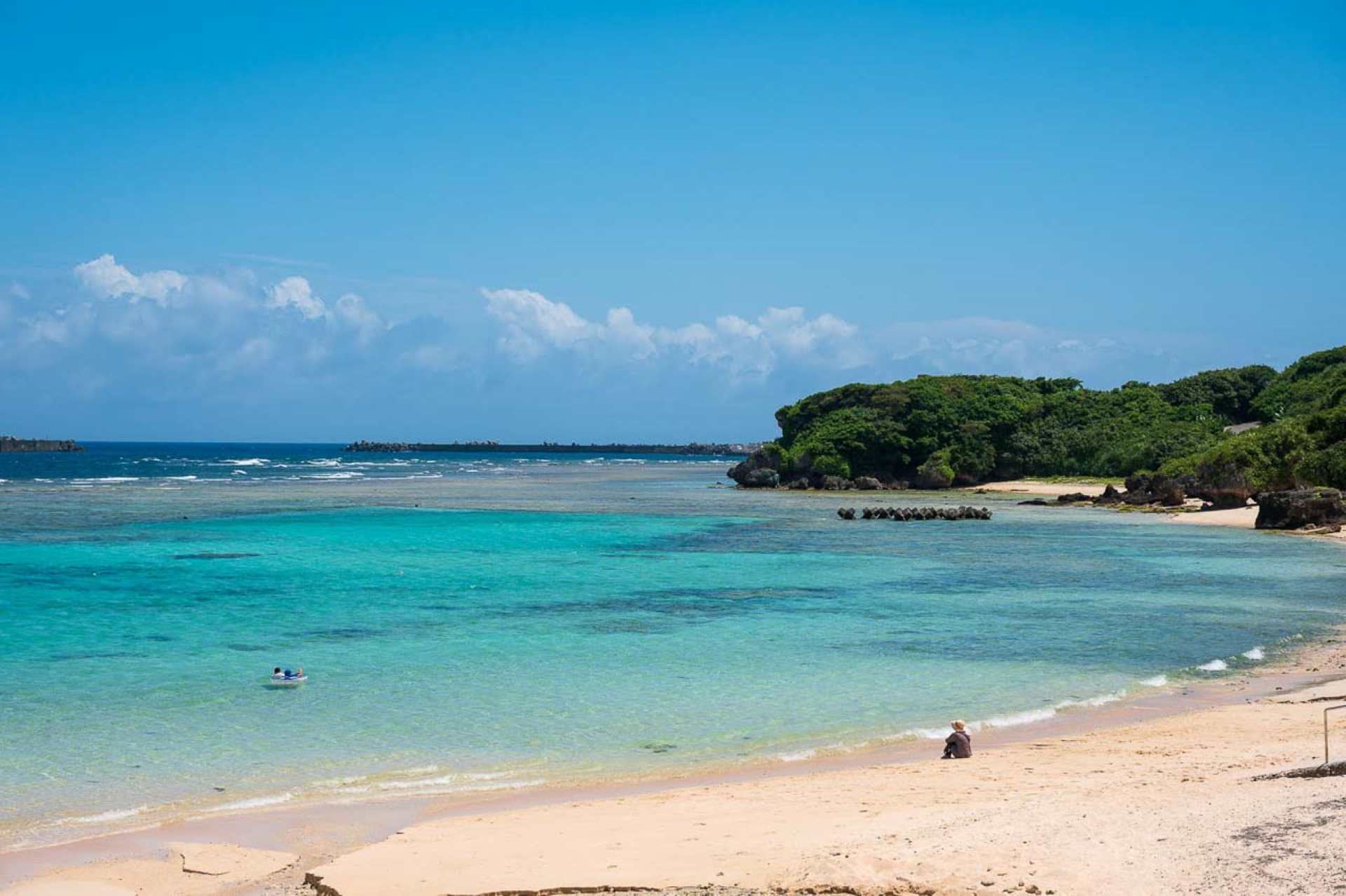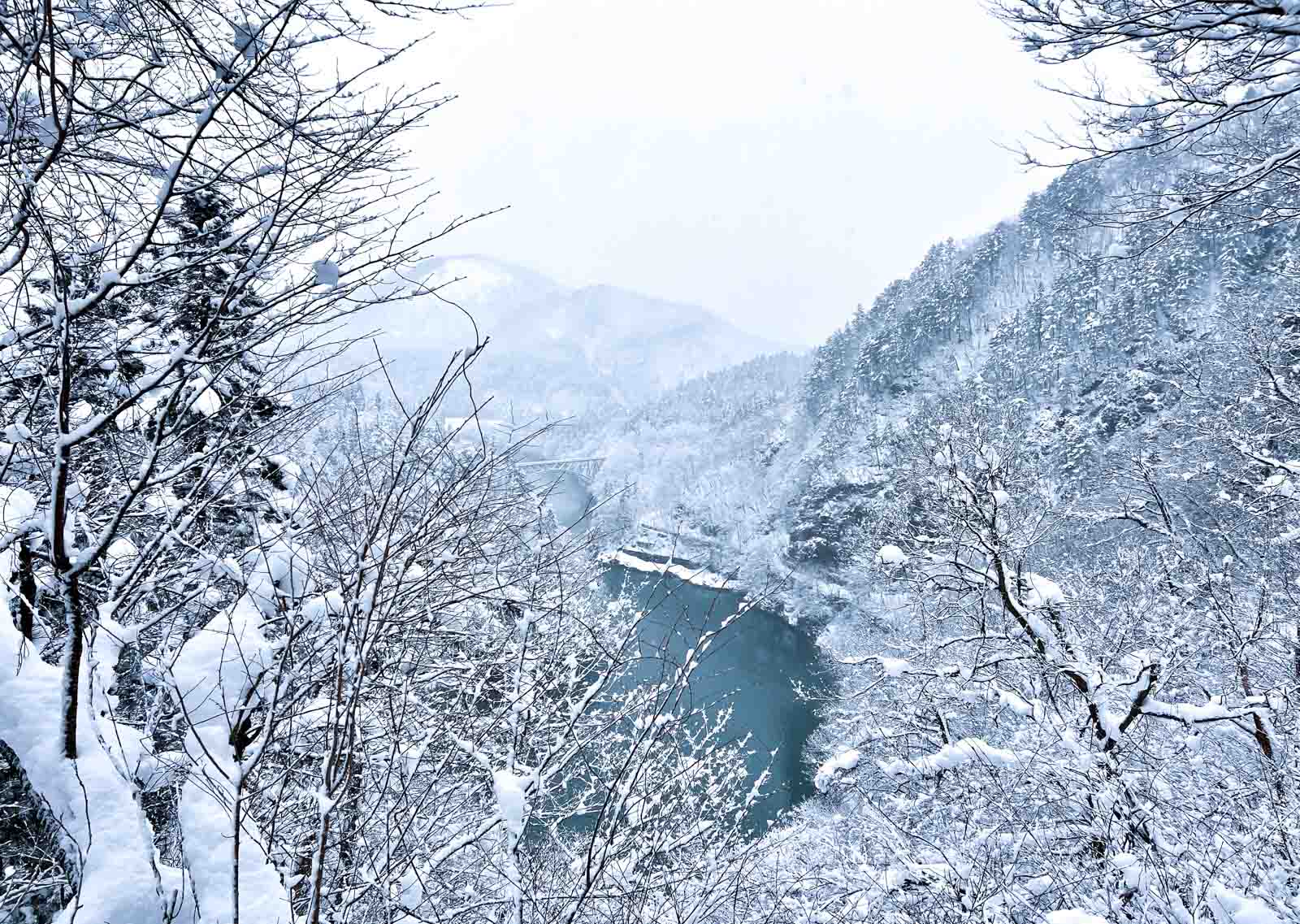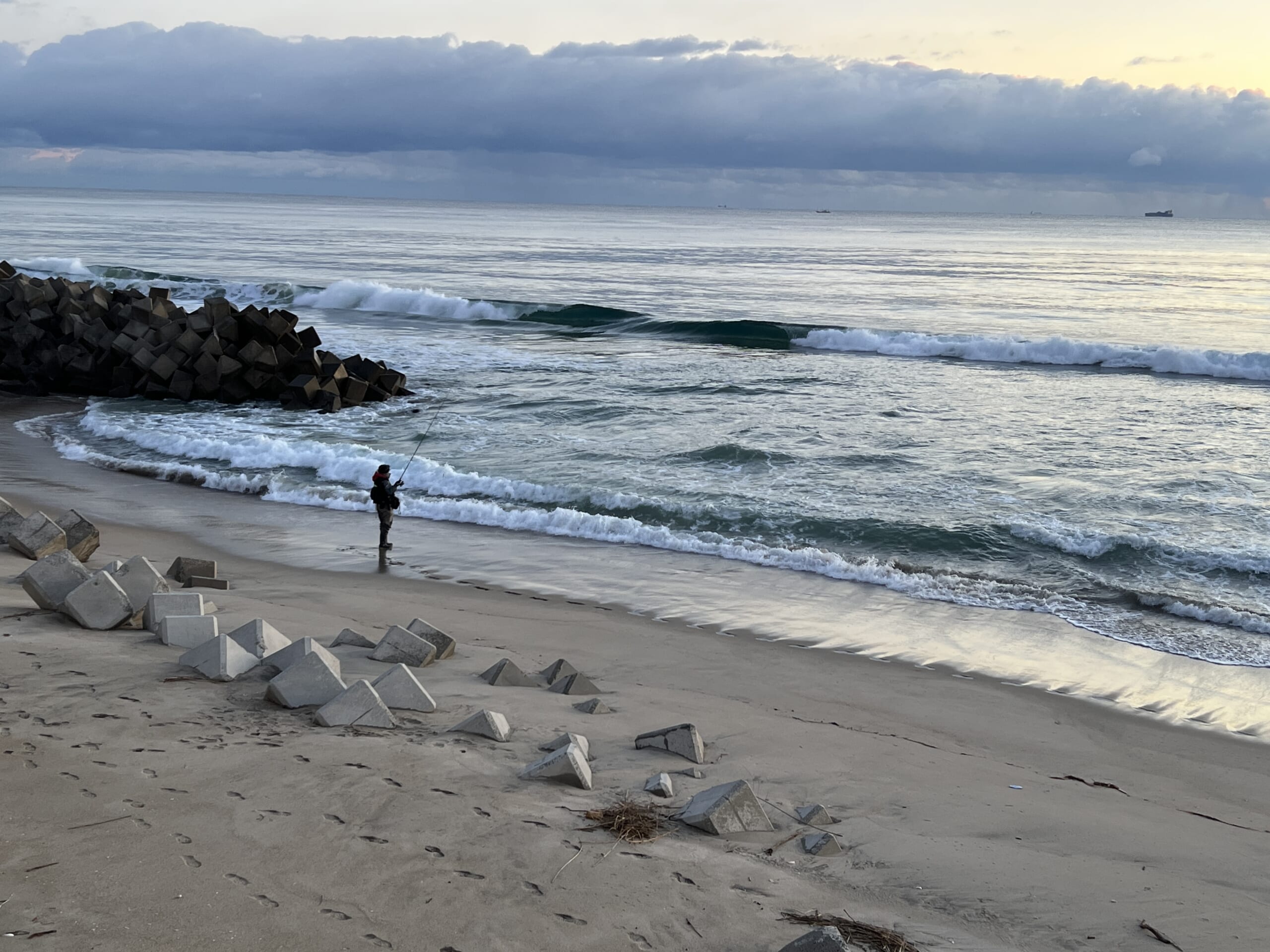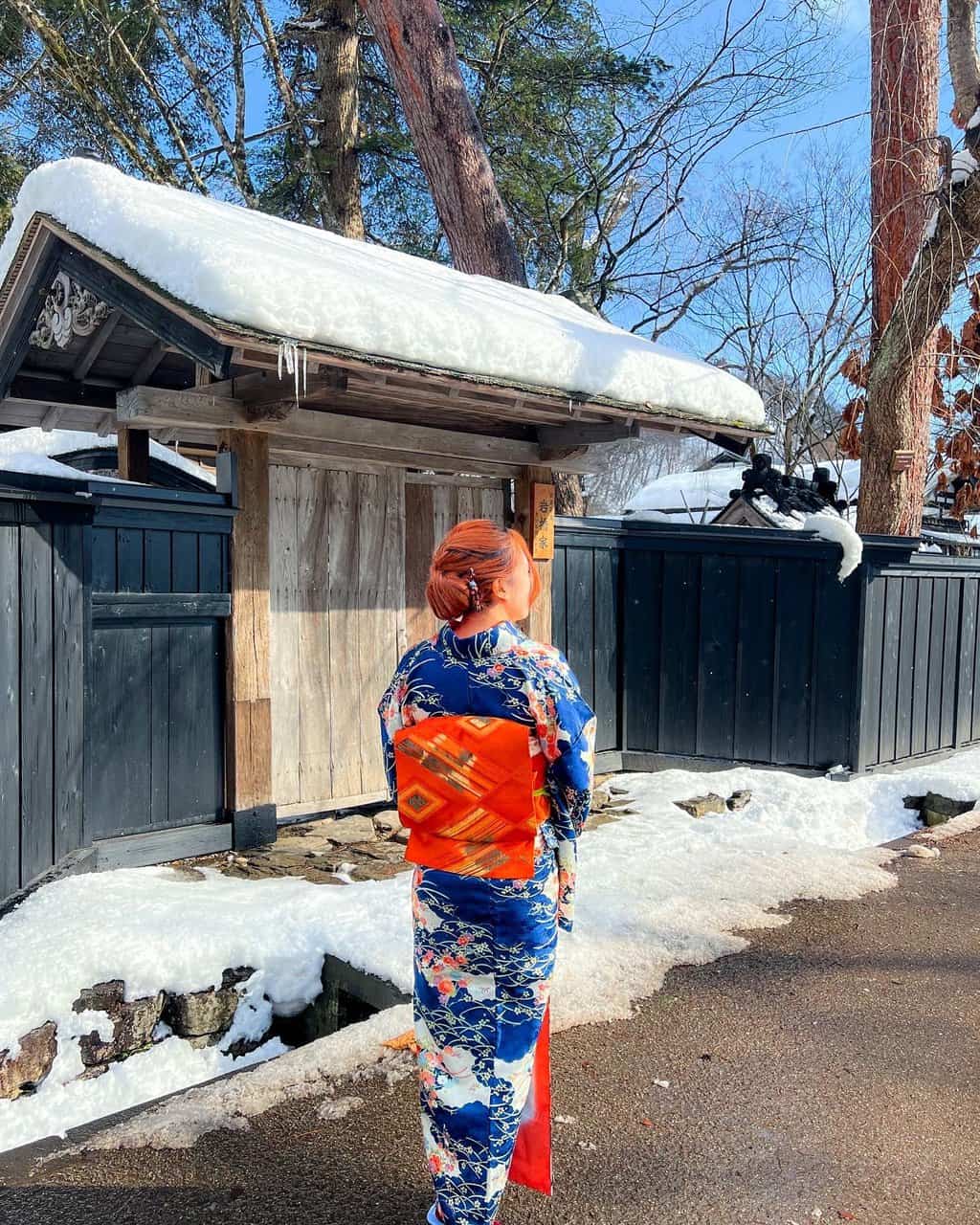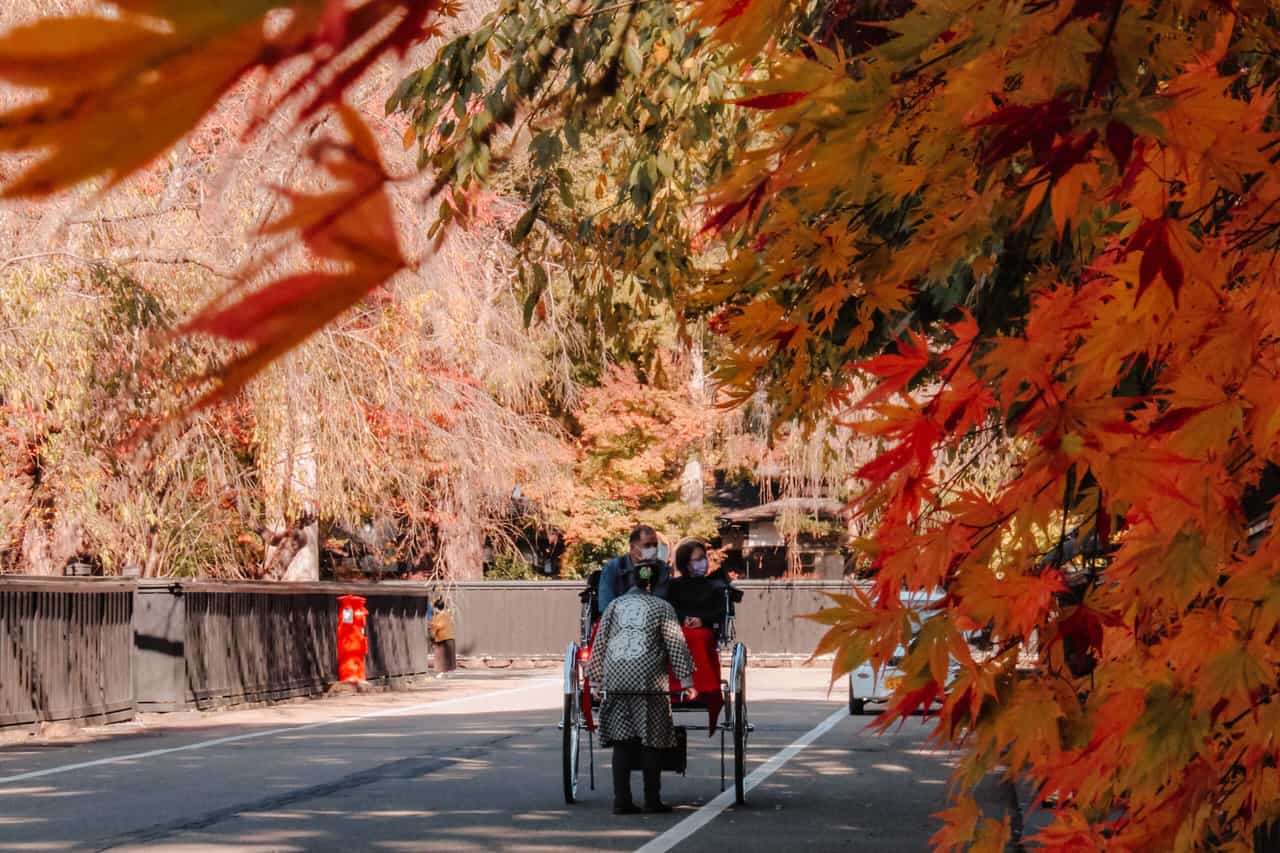Tohoku
Tohoku, a captivating region in northern Japan, is a treasure trove of natural beauty and cultural heritage. Known for its stunning landscapes, Tohoku offers breathtaking views of rugged coastlines, serene lakes, and majestic mountains. This region is a haven for outdoor enthusiasts, with opportunities for hiking, skiing, and hot spring bathing. Tohoku is also rich in history and tradition, home to ancient temples, historic castles, and vibrant festivals like the Aomori Nebuta Matsuri. Visitors can savor local delicacies such as fresh seafood and hearty miso-based dishes. Whether exploring the charming towns or experiencing the warmth of local hospitality, Tohoku promises an unforgettable journey through one of Japan’s most enchanting regions.
